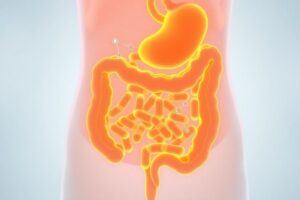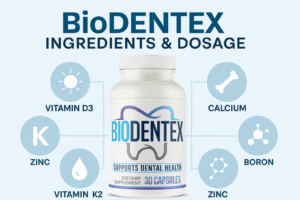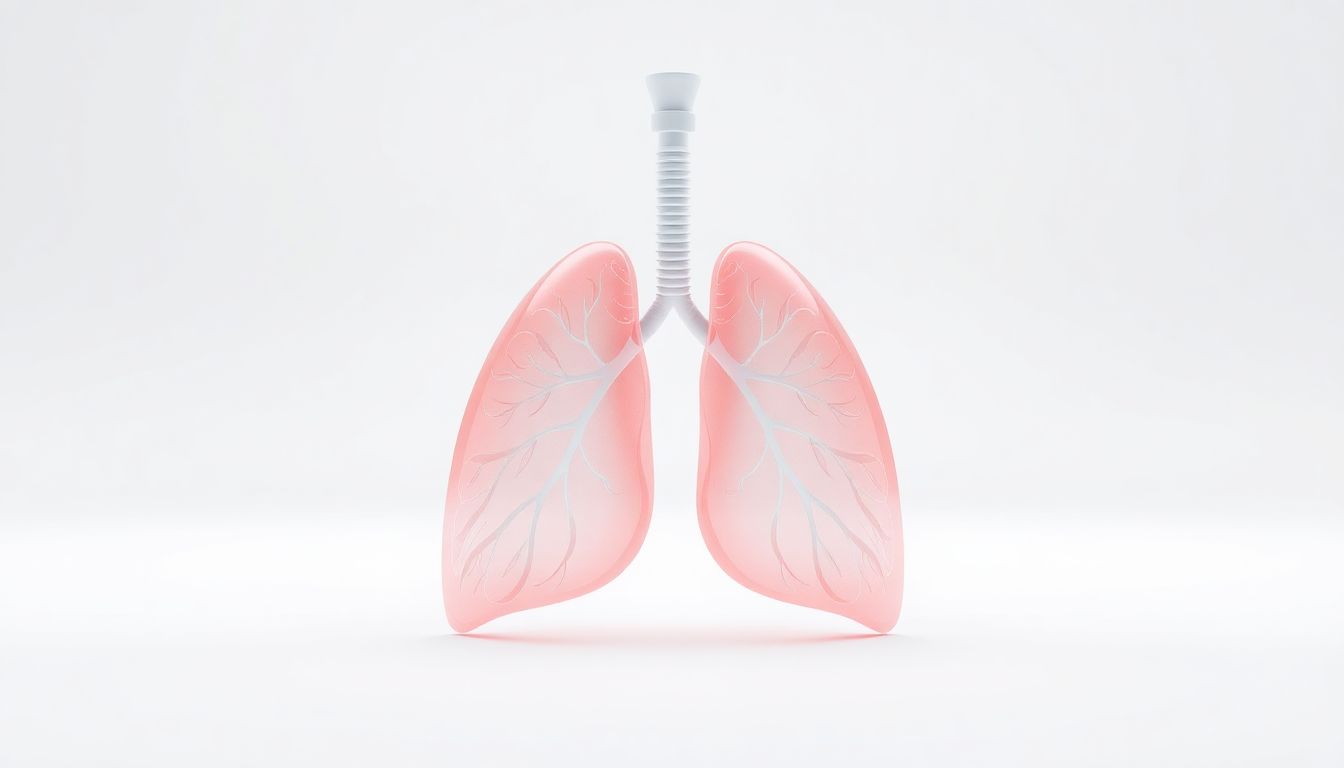This is the question every former smoker asks: “After years of damage, can my lungs truly recover?” The answer brings hope – yes, your lungs have a remarkable ability to heal after you quit smoking, but the extent and timeline depend on several factors.
This comprehensive guide breaks down the science of lung recovery, what changes you can expect, and how to maximize your body’s natural healing processes.
The Immediate Healing Response: What Happens in the First 72 Hours
Your lungs begin repairing themselves almost immediately after your last cigarette. Understanding this process can be incredibly motivating during the challenging early days of quitting.
Within 20 Minutes
- Your heart rate and blood pressure drop to normal levels
- Circulation in your hands and feet improves
8 Hours After Quitting
- Carbon monoxide levels in your blood drop by half
- Oxygen levels normalize, allowing your cells to function more efficiently
24-48 Hours After Quitting
- Your nerve endings begin regenerating, restoring your sense of smell and taste
- The risk of heart attack begins to decrease as blood vessel function improves
- Mucus production starts to increase as your lungs begin their cleaning process
72 Hours After Quitting
- Bronchial tubes relax, making breathing easier
- Your lung capacity begins to increase
- Many people report feeling more energetic as oxygen delivery improves
“The first 72 hours are when your body shifts from survival mode to repair mode,” explains Dr. Rebecca Martinez, a pulmonologist specializing in smoking cessation. “This is when the cellular machinery of lung repair kicks into gear.”
The Lung Regeneration Timeline: What to Expect Month by Month
Weeks 1-4: The Cleansing Phase
During this period, you’ll likely experience what’s often called the “smoker’s flu” as your body begins expelling toxins:
- Increased coughing and mucus production: This is actually a good sign—your cilia are regenerating and working to clear your lungs of debris
- Possible shortness of breath: As your lungs work to clear themselves, you might feel temporary worsening of breathing
- Improved circulation: Many people notice better exercise tolerance and warmer extremities
This is an ideal time to start targeted supplements for lung recovery to support this natural cleansing process.
Months 1-3: Significant Functional Improvement
- Lung function improves by up to 30% in the first 1-3 months
- Cilia regeneration is well underway, improving your lungs’ ability to clean themselves
- Chronic coughing and shortness of breath decrease significantly
- Your risk of respiratory infections drops as lung immune function improves
Months 3-9: Structural Repair Accelerates
- Cilia function is nearly completely restored, making mucus clearance much more efficient
- Lung inflammation continues to decrease throughout the respiratory tract
- Many people report being able to exercise without getting winded as quickly
- Sinus congestion and fatigue continue to improve
1 Year Smoke-Free: Major Health Milestones
- Your risk of coronary heart disease is half that of a continuing smoker
- Lung function tests show continued improvement
- The elevated risk of pancreatic cancer decreases to near-normal levels
5-15 Years: Long-Term Healing
- Stroke risk reduces to that of a non-smoker after 5-15 years
- Risk of mouth, throat, and esophageal cancer drops by half after 5 years
- Lung cancer risk drops significantly—by 30-50% after 10 years compared to continuing smokers
- Risk of dying from lung cancer is roughly half that of a continuing smoker after 10-15 years
What Actually Heals—And What Doesn’t
What CAN Regenerate and Repair:
- Cilia Function: These hair-like structures that line your airways and help clear mucus regenerate completely, typically within 3-9 months.
- Bronchial Tubes: The inflammation in your bronchial tubes decreases, and the lining begins to heal, reducing chronic bronchitis symptoms.
- Lung Capacity: As inflammation decreases and lung tissue becomes more elastic, your lung capacity can improve significantly.
- Immune Function: The immune cells in your lungs (alveolar macrophages) begin functioning normally again, better protecting you from infections.
What May Not Fully Recover:
- Emphysema Damage: The destruction of alveolar walls (emphysema) is generally permanent, though symptoms can improve with treatment and lifestyle changes.
- Genetic Damage: Some genetic mutations caused by smoking may persist, which is why former smokers maintain a higher lung cancer risk than never-smokers.
- Severe Scarring: Advanced pulmonary fibrosis from smoking may not reverse completely.
“The good news is that even with some permanent damage, most former smokers experience dramatic improvements in quality of life and respiratory function,” notes Dr. Martinez.
Factors That Influence Your Lung Recovery
Duration and Intensity of Smoking
- Pack-years matter: Someone who smoked 2 packs daily for 10 years (40 pack-years) will have more damage than someone who smoked ½ pack daily for 20 years (10 pack-years)
- Depth of inhalation affects how deeply smoke penetrates lung tissue
Age When You Quit
- Younger quitters generally experience more complete recovery
- But quitting at any age provides significant benefits—the body’s capacity for repair remains throughout life
Overall Health and Lifestyle
- Regular exercise significantly enhances lung recovery
- A healthy diet rich in antioxidants supports the repair process
- Avoiding other lung irritants (pollution, secondhand smoke) prevents additional damage
- Adequate sleep allows your body to focus energy on repair
How to Maximize Your Lung Healing Potential
1. Support Your Body’s Natural Detoxification
- Stay well-hydrated to help thin mucus
- Practice deep breathing exercises to expand lung capacity and improve circulation
- Consider steam inhalation to help loosen secretions
2. Nutritional Support for Lung Repair
- Antioxidant-rich foods: Berries, leafy greens, and colorful vegetables combat oxidative stress
- Omega-3 fatty acids: Found in fish and flaxseeds, they help reduce inflammation
- Vitamin C-rich foods: Citrus, bell peppers, and broccoli support collagen production for tissue repair
Many people find that combining a healthy diet with targeted lung supplements provides comprehensive support during recovery.
3. Physical Activity and Lung Function
- Aerobic exercise gradually improves lung capacity and efficiency
- Strength training strengthens respiratory muscles
- Breathing exercises specifically train your respiratory system
4. Medical Monitoring and Support
- Consider pulmonary function tests to track your progress objectively
- Discuss any persistent symptoms with your healthcare provider
- Stay up-to-date on vaccinations to protect your recovering lungs
Realistic Expectations: What Recovery Looks Like
Short-Term (3-6 months):
- Reduced coughing and shortness of breath
- Improved sense of smell and taste
- Better exercise tolerance
- Increased energy levels
Medium-Term (6-12 months):
- Significant improvement in lung function tests
- Reduced frequency of respiratory infections
- Disappearance of chronic morning cough for most people
- Improved sleep quality
Long-Term (1+ years):
- Dramatically reduced risk of smoking-related diseases
- Near-normal lung function for many former smokers
- Continued gradual improvement for up to 10-15 years
When to Seek Medical Advice
While some symptoms are normal during recovery, consult a healthcare professional if you experience:
- Coughing up blood
- Unexplained weight loss
- Persistent chest pain
- Shortness of breath that worsens instead of improves
- Symptoms that don’t improve after 3-6 months of quitting
✅ FAQ
1. How long does it take for lungs to fully heal after smoking?
While initial improvements happen within weeks, complete healing is an ongoing process. Most significant functional improvement occurs within the first year, but cellular repair and cancer risk reduction continue for 10-15 years after quitting.
2. Can you regain 100% of your lung capacity after quitting smoking?
This depends on factors like smoking duration, age, and existing damage. Many former smokers regain near-normal lung function, particularly if they quit before significant irreversible damage occurred. Even with some permanent damage, most people experience dramatic improvement in breathing quality.
3. Does the tar in lungs ever go away?
Yes, your lungs have mechanisms to gradually break down and remove tar. The cilia regeneration and macrophage activity help clear tar deposits over time, though complete removal may take years. The natural lung detox process can support this cleansing.
4. Why do I cough more after quitting smoking?
This is actually a sign of healing! As your cilia regenerate and become active again, they start moving the accumulated mucus and debris out of your lungs. This “productive cough” typically peaks around 2-3 weeks after quitting and gradually improves.
5. Can exercise help repair lung damage from smoking?
Absolutely. Regular aerobic exercise improves lung efficiency, strengthens respiratory muscles, enhances circulation, and supports overall healing. Many former smokers find that gradually increasing activity levels significantly improves their breathing capacity.
6. How does age affect lung recovery after smoking?
Younger quitters generally experience more complete recovery, but quitting at any age provides significant benefits. The human body maintains remarkable repair capacity throughout life, and older former smokers still experience substantial improvements in breathing and quality of life.
7. What’s the difference between healing from occasional smoking vs. heavy smoking?
Heavy, long-term smokers typically have more damage to repair and may not achieve complete recovery. However, both light and heavy smokers experience significant health benefits from quitting, with heavy smokers often noticing the most dramatic improvements in daily symptoms.
8. Can vaping help or hinder lung recovery after smoking?
Vaping is not recommended as a recovery strategy. While it may expose you to fewer toxins than cigarettes, it still introduces irritants and chemicals that can slow the healing process and maintain nicotine addiction. Complete nicotine cessation provides the best environment for lung recovery.
9. How can I track my lung recovery progress?
You can monitor subjective measures like reduced coughing, improved exercise tolerance, and better sleep. For objective tracking, consider periodic peak flow measurements or discuss pulmonary function testing with your doctor. Many people also use fitness trackers to monitor resting heart rate and blood oxygen levels.
10. Are some people genetically better at recovering from smoking damage?
Research suggests genetic factors may influence individual recovery capacity, particularly regarding cancer risk reduction. However, everyone experiences significant functional improvement regardless of genetics, and lifestyle factors like diet, exercise, and avoiding additional irritants play crucial roles in recovery.












